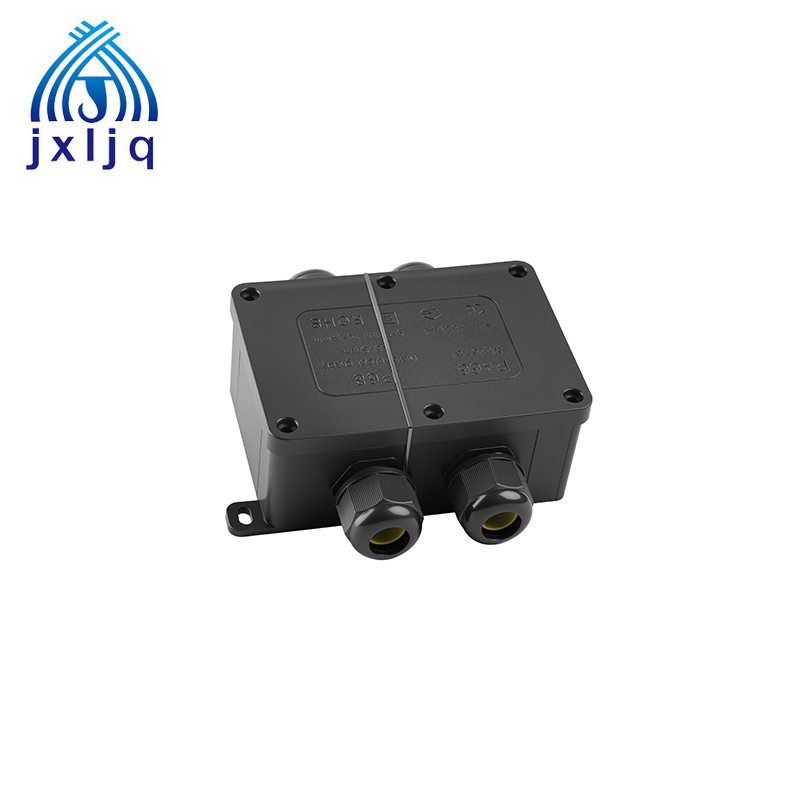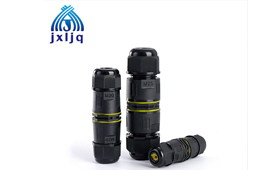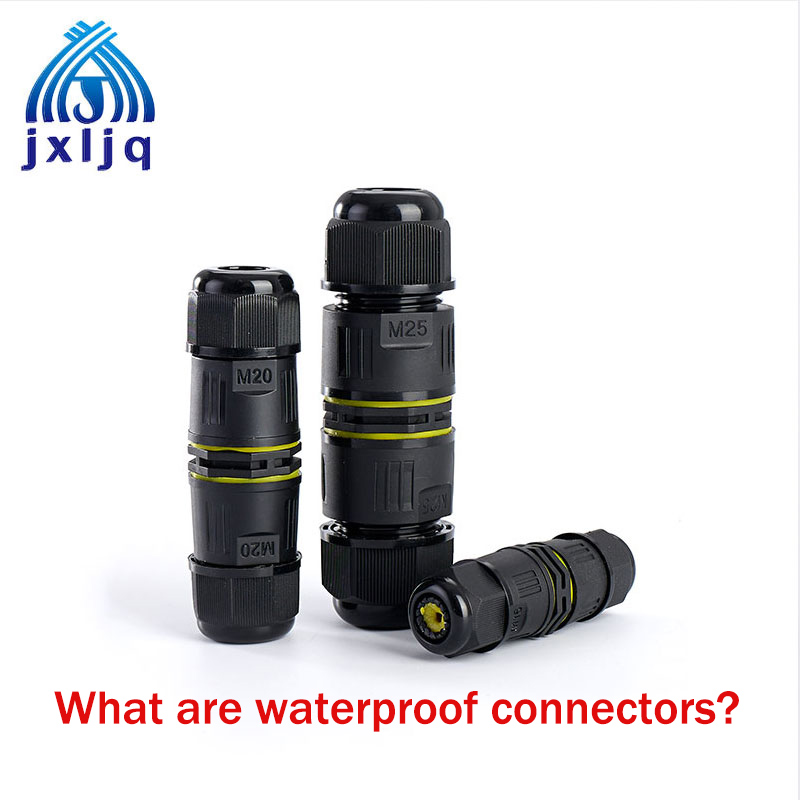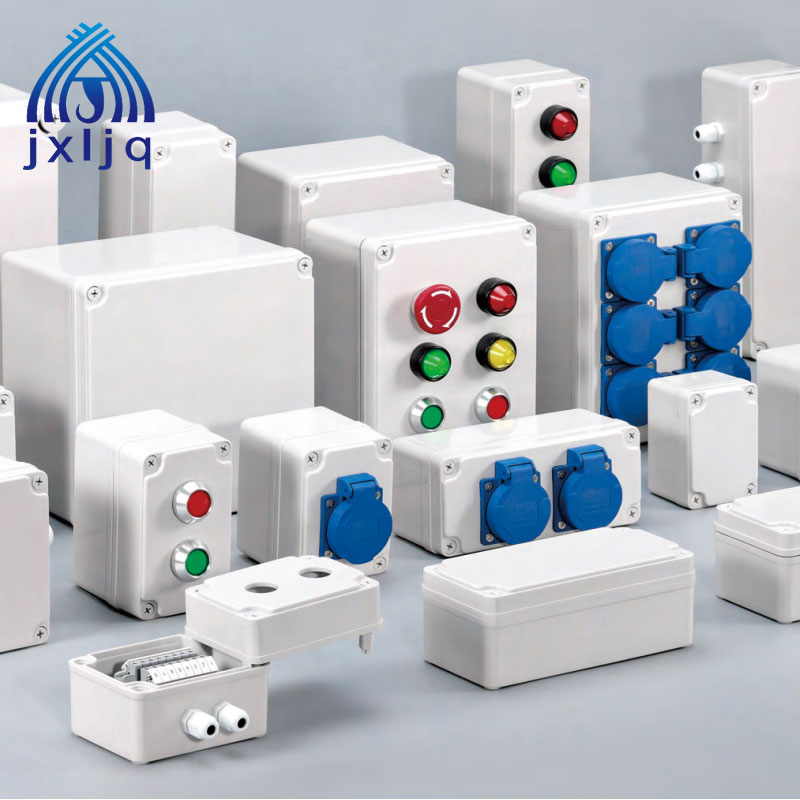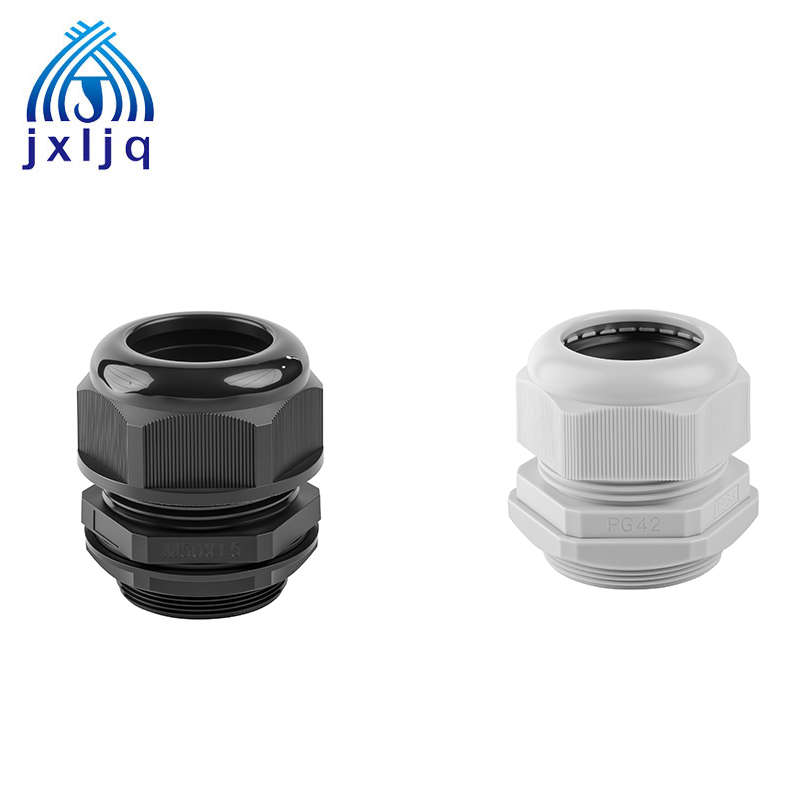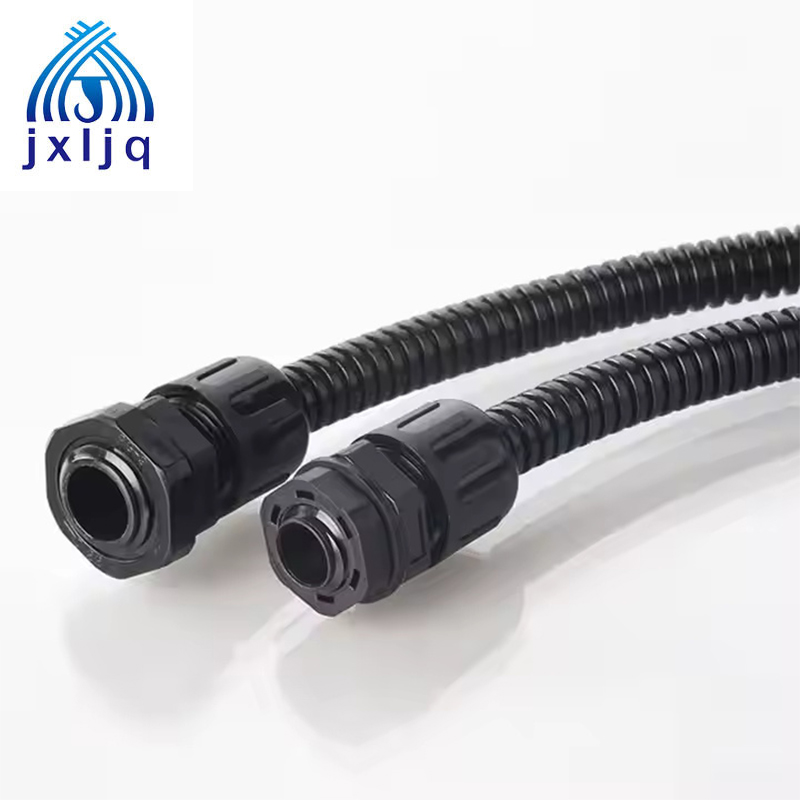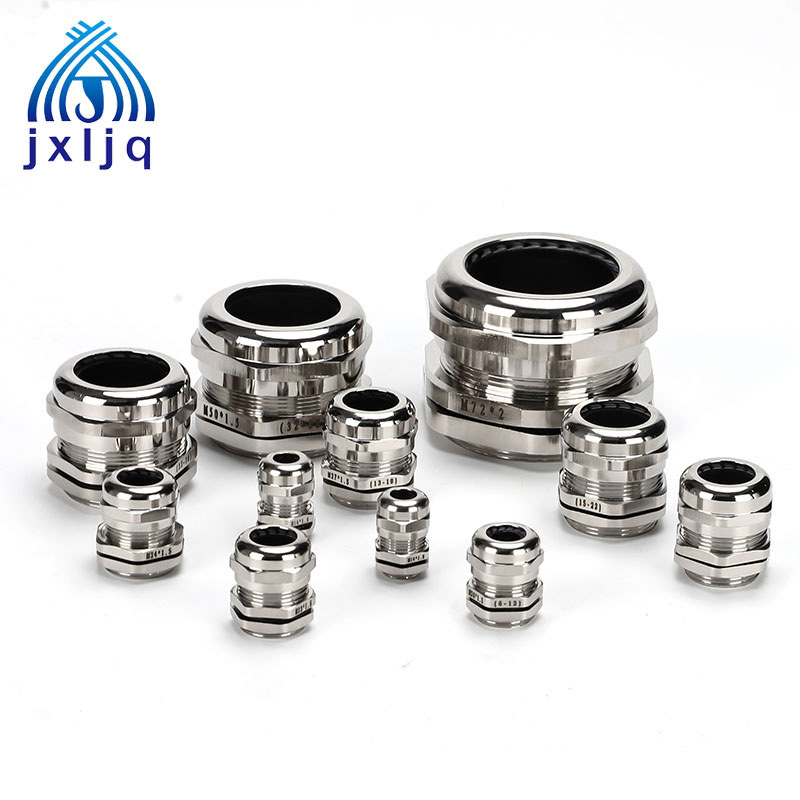What are Cable Accessories?
In the realm of electrical and data transmission systems, cable accessories play a pivotal role in ensuring the safe, efficient, and reliable operation of cable networks. These components are essential for connecting, protecting, terminating, and managing cables across various applications, from power distribution grids to telecommunications infrastructure. This article explores the definition, primary functions, common types, and critical importance of cable accessories in modern engineering systems.
Definition of Cable Accessories
Cable accessories refer to a diverse range of components designed to complement and enhance the performance of cables. They are not standalone devices but integral parts of a complete cabling system, working in tandem with cables to fulfill specific operational requirements. The overarching purpose of these accessories is to optimize cable functionality, improve system safety, facilitate installation and maintenance, and extend the service life of cabling infrastructure.
What are Cable Accessories?
1. Waterproof Breathable Vent Plug
Function: This accessory balances pressure within enclosed cable systems (e.g., junction boxes, control panels) while preventing water ingress. It uses a hydrophobic membrane to allow air exchange, reducing condensation caused by temperature fluctuations, which can degrade insulation and cause short circuits.
Application: Ideal for outdoor installations, marine environments, or areas with high humidity. It protects against corrosion and maintains optimal internal climate for sensitive electronics.
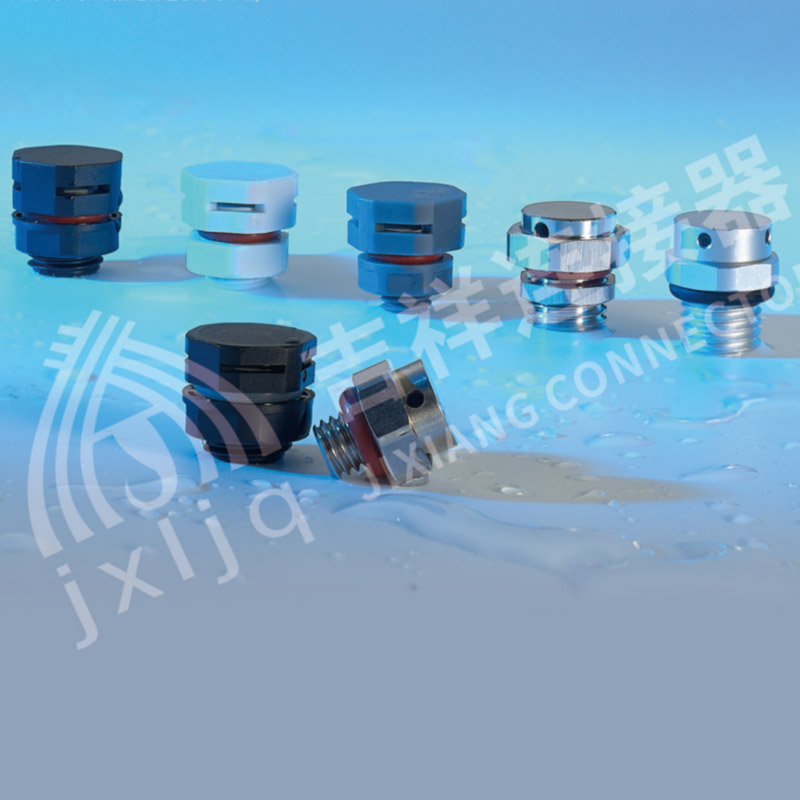
2. Cable Gland Shroud
Function: This accessory complements cable glands by providing an additional layer of protection at the entry point of cables into enclosures. It covers the gland body, securing the cable from mechanical stress (e.g., pulling, vibration) and enhancing waterproofing by reinforcing the seal between the gland and the cable sheath.
Application: Critical in heavy machinery, offshore platforms, or harsh industrial environments where cables are exposed to constant movement or extreme weather.

3. EMC Locknut
Function: The EMC (Electromagnetic Compatibility) locknut is a metal nut designed to create a low-impedance connection between cable glands and enclosures, ensuring effective electromagnetic interference (EMI) shielding. It grounds the cable shield to the enclosure, preventing signal degradation caused by external interference.
Application: Essential in data centers, communication systems, or industrial automation where high-frequency signal transmission requires protection from EMI/RFI (Radio-Frequency Interference).
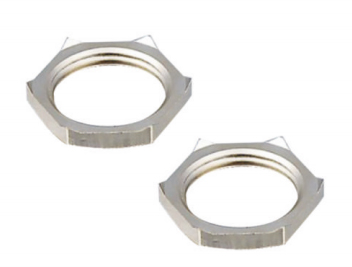
4. Cable Gland Adaptor
Function: This adaptor bridges size or thread mismatches between cable glands and enclosure panels. It allows standard glands to fit non-standard openings or connects glands with different thread types (e.g., metric to NPT), ensuring compatibility without compromising sealing performance.
Application: Useful in retrofitting old systems or integrating components from different manufacturers, maintaining waterproof and dustproof integrity across diverse installations.
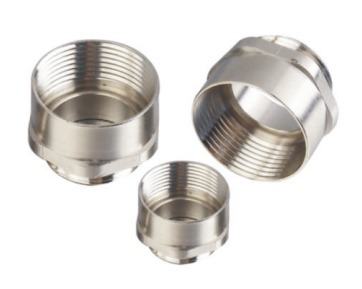
5. Brass Screw Plug
Function: A brass screw plug is a metallic sealing device used to close unused openings in enclosures, junction boxes, or cable glands. Made from corrosion-resistant brass, it provides a durable, airtight seal to prevent contaminants from entering the system.
Application: Commonly used in electrical panels, where unused ports must be sealed to maintain IP (Ingress Protection) ratings, especially in wet or dusty environments.

6. Junction Box
Function: A junction box is an enclosed housing that protects cable connections and splices from external elements. It provides a safe space for joining cables, accommodating terminals, connectors, or splice kits, while offering mechanical protection and compliance with electrical codes.
Application: Universally used in residential wiring, commercial buildings, and industrial setups to organize cable terminations, prevent accidental contact with live wires, and simplify maintenance.
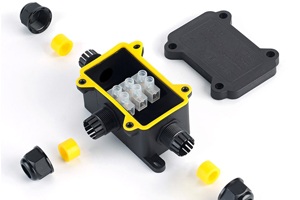
How These Accessories Enhance System Performance
1. Environmental Resilience
Accessories like the Waterproof Breathable Vent Plug, PVC Shroud, and Cable Gland Shroud create a multi-layered defense against water, dust, UV rays, and physical impact. In offshore wind farms or mining operations, this resilience minimizes downtime caused by environmental damage.
2. Electromagnetic Compatibility (EMC)
The EMC Locknut ensures that high-speed data cables (e.g., Ethernet, coaxial) maintain signal integrity by grounding shields and blocking interference. This is critical in smart factories or aerospace systems where data loss can lead to operational failures.
3. Installation Flexibility
Cable Gland Adaptors and Brass Screw Plugs solve practical installation challenges by enabling compatibility and sealing unused ports, reducing the need for custom components and streamlining retrofitting processes.
Conclusion
Cable accessories are indispensable for creating robust, safe, and long-lasting electrical systems. Components like the Waterproof Breathable Vent Plug manage environmental pressure, PVC/Cable Gland Shrouds extend cable protection, EMC Locknuts ensure electrical signal integrity, Cable Gland Adaptors solve compatibility challenges, Brass Screw Plugs maintain enclosure seals, and Junction Boxes provide the protected hub for connections – all working together seamlessly. Choosing the right accessories for the specific environmental, mechanical, and electrical requirements is just as crucial as selecting the correct cable itself.


